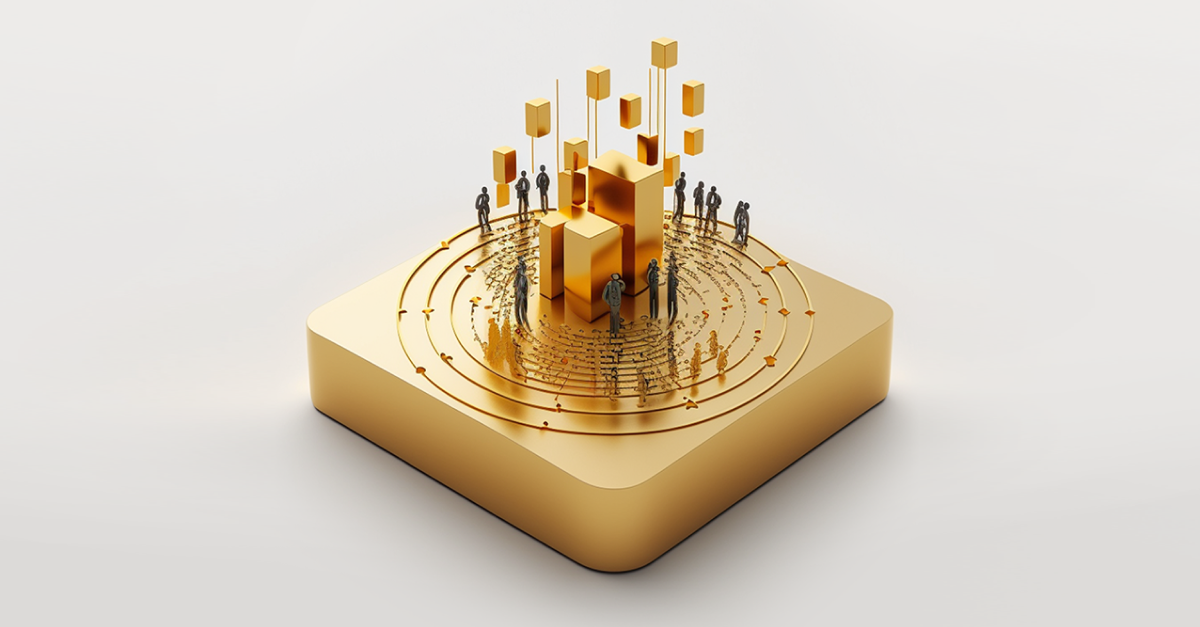
Featured Content
First off the Blocks Podcast




Most Recent Article
Who’s interested in digital assets disbursement?
Digital asset payroll disbursement is here. But who is likely to take it up?




Digital asset payroll disbursement is here. But who is likely to take it up?